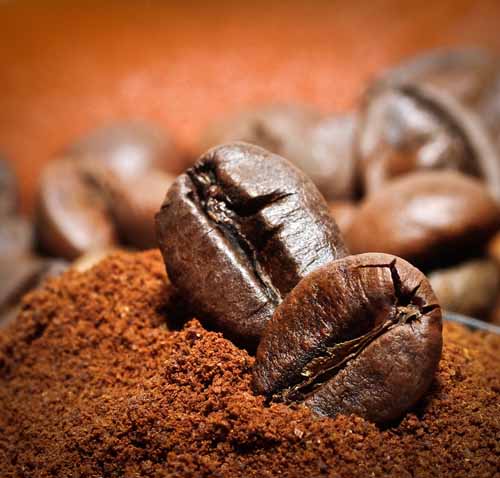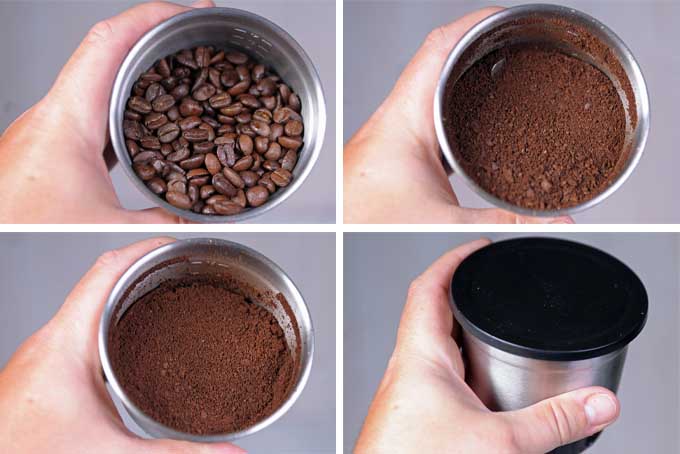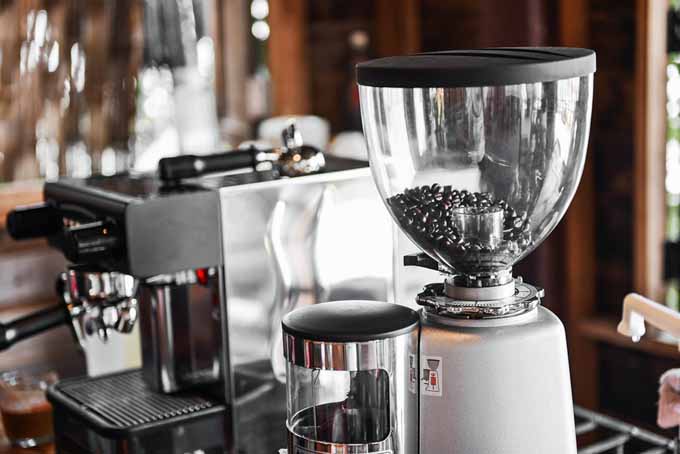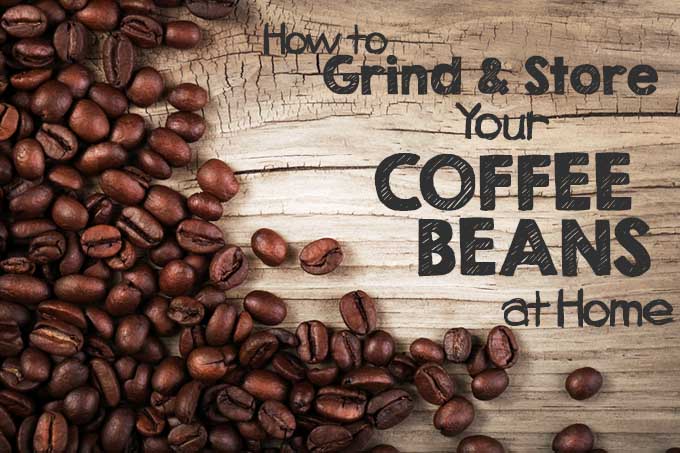Want to get the most flavor out of your coffee? Make sure you start with the proper grind! Flavor (and caffeine!) extraction depends on several things – water temperature, brew time, brew method, and grind size – but grind size is the place to start.

First, there is no one ideal grind size – it’s crucial to choose the best grind for your brewing method. Finer particles have more surface area, so more of the bean is exposed to the water.
This speeds up extraction and flavors develop quicker, but this means that undesirable bitter flavors can also be extracted if the beans are left too long, so fine grinds are only used in methods with short brewing times.
There are other practical things to consider too – fine grinds can block some filters, like those in a French Press, occasionally resulting in broken-glass-and-boiling-coffee-everywhere disasters.
Not exactly the way you want to start your day.
Remember that some grinders, like burr grinders, result in a more even distribution of coffee particles, while others are more uneven (predictably, more expensive grinders do a better job).
Here’s an overview of the most common grind sizes and their brewing methods:
Coarse – Coarsely ground coffee should feel gritty like sea salt for the best french press brew (or percolator coffee).
Medium – This grind still has distinct grains, like sugar or cornmeal, and works well in flat-bottomed drip coffee filters (although most drip coffee filters can handle a range from medium to fine).
Fine – Finely ground coffee feels smooth and looks a little like soft beach sand. It can be used in conical drip coffee filters.
Extra fine – Also known as an espresso grind, extra fine grinds look like a cross between granulated and powdered sugar. It’s important to get the grind just right when brewing espresso, because the friction of the water against the surface of the beans determines the extraction time.
Ready to optimize your daily grind? Check out Foodal’s buying guide on different types of coffee grinders.
About Mike Quinn
Mike Quinn spent 20 years in the US Army and traveled extensively all over the world. As part of his military service, Mike sampled coffee and tea from all virtually every geographic region, from the beans from the plantation of an El Salvadorian Army Colonel to "Chi" in Iraq to Turkish Coffee in the Turkish Embassy in Kabul, Afghanistan. He spent nearly a decade in the Republic of Korea where he was exposed to all forms of traditional teas. Mike formerly owned and operated Cup And Brew, an online espresso and coffee equipment retail operation.




I knew some of this, but didn’t realize that espresso was a finer grind. I thought since it was a richer flavor, it would be a coarser grind. I was also unaware of the difference between conical and flat bottomed filters. Obviously I’m going to have to pay more attention when I buy (and make) my coffee in the future. I’d like to read an article about how the different factors affect the level of caffeine, as well.
I have noticed a distinct difference. I never paid that much attention in the past, but it really does matter.
My husband surprised me with a press a while back. He learned all about it first (that’s the way he does things), so he explained a little about this stuff. I’m always ready to learn more though.
I love the aroma and flavor I get with it. Such a simple method, but such a fantastic cup of Joe. Coarse seems to give the best aroma too. Mmmmm.